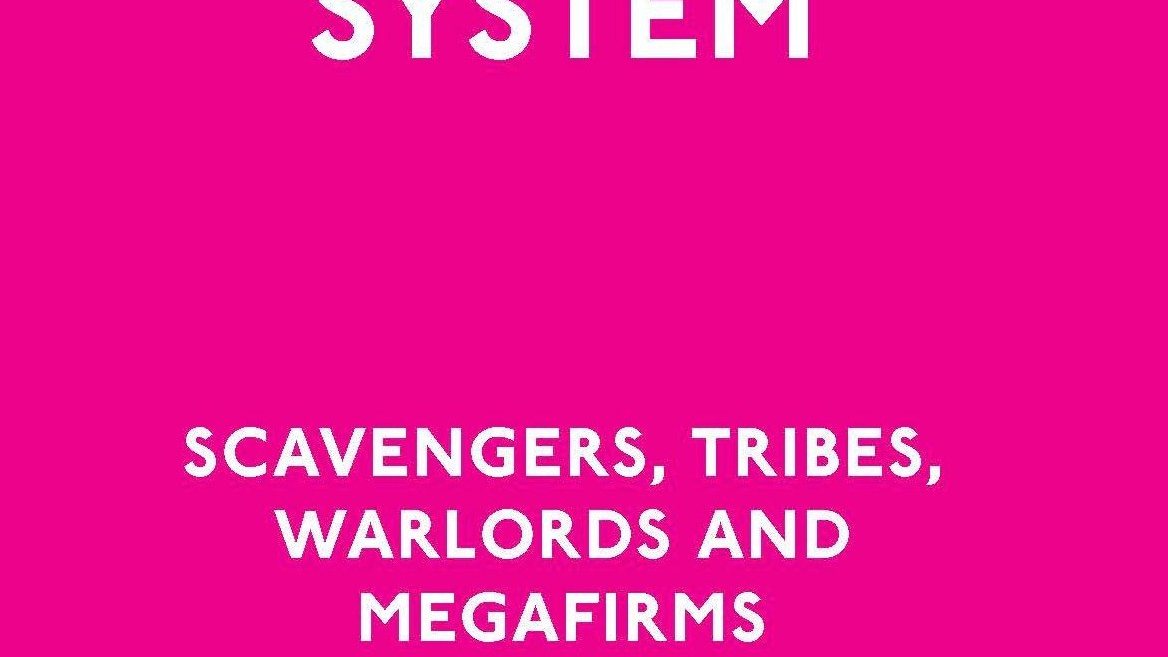In my part of the galaxy architecture is in a dire state. I think this is the same everywhere. Most architects are either individual scavengers or living in tribes scrabbling to survive on scraps from the big tables. In sociological terms an institutional logics of survivalism reigns. Architectural knowledge is being increasingly commoditized in a global system. This commodification will eventually erode design knowledge to the point of where it’s domain and practices will have merged into other networks of knowledge.
For many architect’s architecture still remains a coherent and unified discipline. It certainly seems like it might be if you have the privilege of being able to access and pay your social media subscriptions. Everyone on Instagram is doing the Architectty influencer thing (me included). The digital viewpoint — all the images, the hashtags, the digital spin, the groups, the likes, — can easily seduce us into thinking that architecture is a multi-faceted, idealistic, humane, reformist discipline.
But when I think further I am not sure any more. There is something monstrous at the heart of architectural practice. The fundamental issue that hampers architecture’s survival, despite digital appearances, is that: architecture is not inclusive.
If architecture is to survive then it must embrace diversity and envelope in our ecologies of practice: gender, LGBTQIA, first nations and indigenous peoples; different ethnicities, minor literatures and the Subaltern; the disabled and the insane. As architects we need to have this conversation. But it needs to be a broad conversation and one fostered, but not dominated, by our professional associations; or by the new associations and networks that will replace them in response to architecture’s current lack of diversity.
This lack of diversity is killing the profession and exhibits itself in myriad seen and unseen ways. Mostly, it is an exclusion through quiet and passive silence. The woman who goes to the robot-in architecture-conference where there are not peers like her, the gay person who can never quite make the Associate Director grade, the transgendered person who is shunned from studio teaching, the indigenous person whose seemingly radical views are wanly smiled at by the senior management academic but never truly engaged with, the study group of international students that no one wants to join at architecture school. Of course, I myself can’t speak for these other voices. But how often do we as architects silence them? It’s our role as architects to make our design research, networks and practices inclusive so that these other voices are prioritized.
Architects need to understand intersectionality, the idea that intersecting identities compound to make a whole, in order to understand how regimes and flows of power have structured our discipline and the symbolic capital that circulates within the global system of architecture. An intersectional approach is different to the diagrammatic description, segmentation and distinctions made by the taste-makers of our discipline. As Gary Stevens notes in The Favoured Circle: The social Foundations of Architectural Distinction. “Taste is the primary notion by which privilege groups can maintain their cohesion and separate themselves from outsiders.”
It never ceases to amaze me that even in the field of Construction Management, a seemingly “backward” field, for architects that extensive research has been undertaken in notions of inclusiveness, identity and ground up ethnography. All we seem to talk about is Design Research. There are of course some glimmers of hope as last year’s November 2016 AHRA conference in Stockholm indicates. At the conference the aim was to address “connections between architecture and feminism with an emphasis on plural expressions of feminist identity and non-identity.” There were some notable papers from local colleagues Gill Matthewson questions the existing notions of “meritocracy” in architecture and the need to forge new modes of practice and identity in architecture. Janet McGaw questions, what I call the Boyo-ness, of recent biomorphic inspired digital production in architecture. She asks to what degree digital experiments and design research in architecture are “simply new practices of anthropogenic subjugation of non-human material systems that continue the environmentally destructive modernist industrial project.” Nicole Kalms examines, so-called safety technologies, their corresponding digital apps and sexual violence in the city.
The lack of diversity shapes both architectural history and the current dilemmas of architecture’s global system. A system dominated by a charmed circle of masculinities. As Martin Hultman has suggested this charmed circle — of tribes, warlords and transformers as I have called them– are intimately involved in the production of the contemporary city. The production of new and renewed cities, and the ecotopian dreams associated with them, are intended in theory at least, to be our salvation in the face of environmental catastrophe. Yet, as Simona Castricum noted at the same conference our current cities are riven by fear and a lack of safety for those who are different. Fear is embedded into the core of our cities. Cities have largely been designed through privileged masculinities that have produced spatial configurations that now need to be challenged; and in any case, hasn’t it always been the subaltern at the centre of the cities actual history.
Architects need to recognise they are a long way from being an inclusive profession. The silence of the smile that elides and silences difference is not really an option nowadays.
The full image of Leigh Bowery in this post can be found here.





 Chart 1: Outsourcing is widespread
Chart 1: Outsourcing is widespread  Chart 2: Competition is Intense
Chart 2: Competition is Intense 